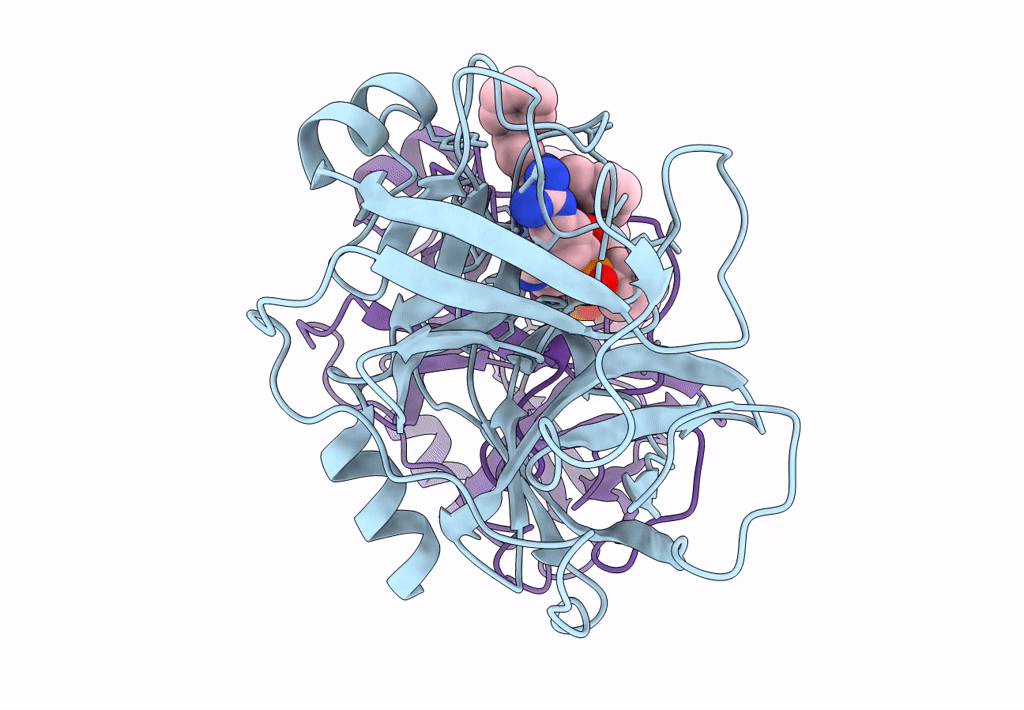
Deposition Date
2021-12-06
Release Date
2022-11-09
Last Version Date
2024-01-31
Entry Detail
PDB ID:
7QFT
Keywords:
Title:
Crystal structure of KLK6 in complex with compound 16a
Biological Source:
Source Organism:
Homo sapiens (Taxon ID: 9606)
synthetic construct (Taxon ID: 32630)
synthetic construct (Taxon ID: 32630)
Host Organism:
Method Details:
Experimental Method:
Resolution:
1.47 Å
R-Value Free:
0.20
R-Value Work:
0.17
R-Value Observed:
0.17
Space Group:
P 1


